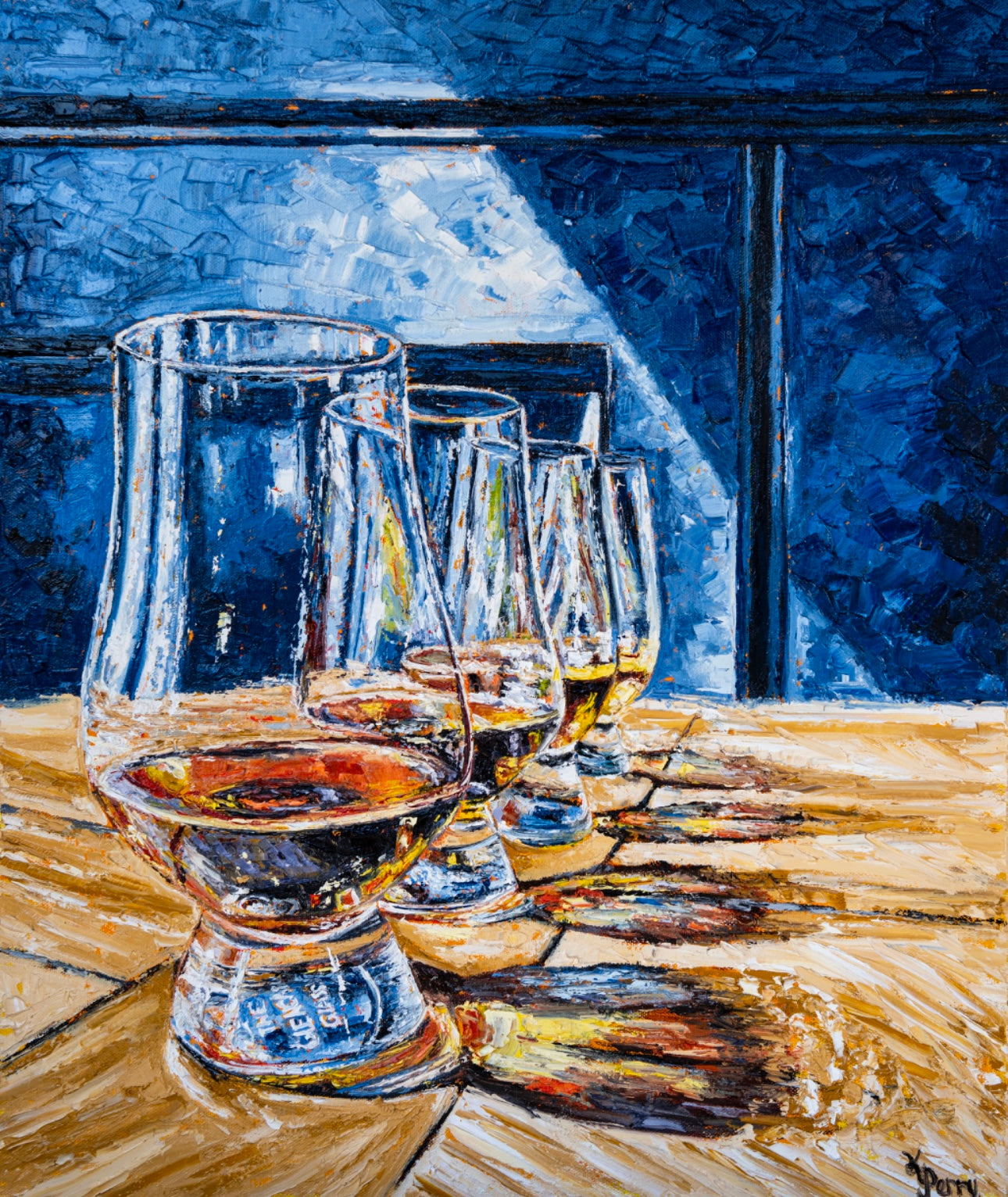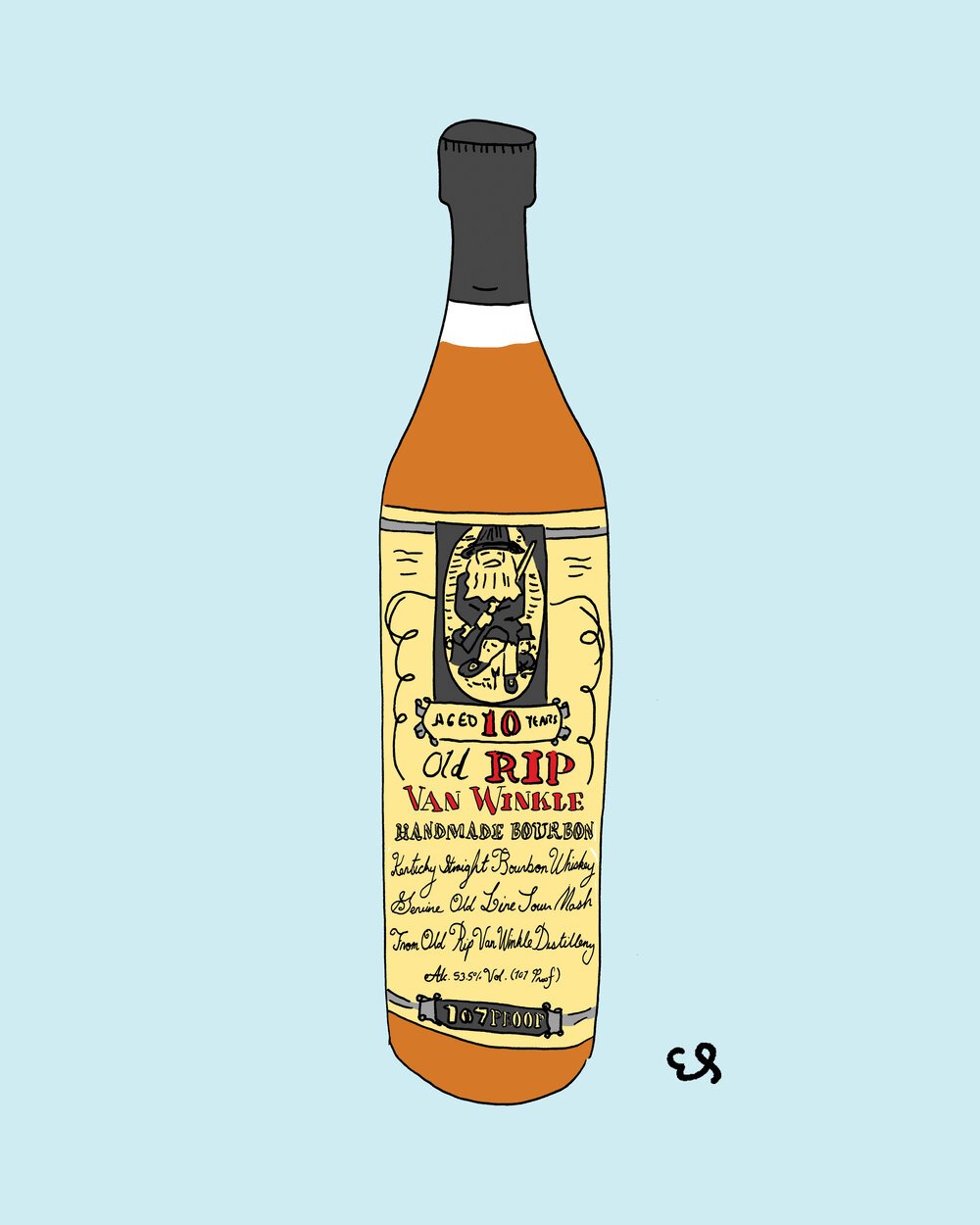The Attraction of Realism Art: A Deep Dive into Whiskey's Rich Heritage
The Attraction of Realism Art: A Deep Dive into Whiskey's Rich Heritage
Blog Article
The Value of Whiskey Art in Celebrating Heritage and Craftsmanship in the Beverage Sector
The detailed partnership in between scotch art and the party of heritage and workmanship within the drink sector can not be overstated. Via attentively designed tags and bottles, bourbon brands encapsulate their historic roots and the artisanal skills that specify their manufacturing approaches. This artistic dimension not only boosts market allure yet additionally serves as a conduit for social narration, promoting a much deeper connection between the craft and the customer. As we discover the different aspects of this topic, appealing concerns about the effect of modern-day fads on traditional methods emerge, triggering further evaluation.
The Historical Roots of Whiskey
At the heart of bourbon's appeal exists a rich tapestry of historic origins that trace back to old civilizations. The beginnings of scotch can be connected to the purification methods of the Sumerians and Babylonians around 2000 BCE, where very early forms of fermented grain drinks started to emerge. Nevertheless, it remained in the Center Ages that the art of distillation evolved dramatically, specifically in Ireland and Scotland, resulting in the development of bourbon as we understand it today.
The term "bourbon" itself stems from the Gaelic word "uisce beatha," meaning "water of life." This phrase highlights the cultural relevance of bourbon in Celtic societies, where it was frequently connected with rituals, parties, and communal bonding. By the 15th century, purification ended up being a recognized craft within reclusive communities, leading the way for the establishment of legal distilleries.
As profession routes increased, bourbon's popularity expanded, going beyond local boundaries and catching the interest of aficionados worldwide. Bourbon Art. This historic journey shows not just the craftsmanship behind bourbon manufacturing but additionally its integral duty in social and cultural contexts, noting it as a substantial drink throughout history
Artistic Expression in Branding
Whiskey branding stands as an engaging intersection of virtuosity and business, where visual identification plays a critical duty fit customer understanding. The aesthetics of scotch labels, packaging, and advertising materials reflect not only the brand name's story however also its core values and heritage. Through imaginative expression, distilleries share a story that reverberates with consumers, stimulating feelings and sparking links.
Using color, typography, and imagery in branding serves to differentiate items in a saturated market. For instance, conventional motifs may stimulate a feeling of credibility and workmanship, while modern designs can indicate innovation and forward-thinking. This tactical creative direction enhances brand name recognition and commitment, enabling consumers to build an individual connection with the whiskey they select.
In addition, artistic expression in branding frequently works as an event of local heritage. Distilleries frequently integrate neighborhood symbols or historical referrals into their layouts, creating a local color that invites customers to take part in a wider cultural experience. Inevitably, the virtuosity behind bourbon branding not just improves visual appeal yet likewise improves the general story of the brand name, fostering a much deeper recognition for the workmanship and heritage ingrained in each container.
Craftsmanship in Container Style
The creativity apparent in whiskey branding extends past visual identity to incorporate the workmanship associated with container style. Each bottle works as a vessel not just for the spirit within, but additionally for the story it informs regarding its high quality, practice, and beginning. The design procedure needs thorough focus to information, as elements such as form, material, and closure contribute dramatically to the total perception of the whiskey.
Craftsmanship in bottle design involves picking top quality glass that can improve the bourbon's shade and clarity, while also giving a tactile experience for the customer. The silhouette of the bottle must be both aesthetically appealing and useful, frequently reflecting the heritage of the brand. Numerous distilleries select distinct forms or printed logo designs that stimulate a feeling of credibility and history.
Furthermore, the label design and typography play a critical function in connecting the brand name's narrative. Bourbon Art. A well-crafted container not only captivates the consumer's eye yet additionally reinforces the brand name's commitment to quality and tradition. By doing this, the craftsmanship of container design comes to be a vital element of the scotch experience, combining virtuosity with a profound regard for heritage
Cultural Value of Scotch Art
Commemorating tradition and craftsmanship, the cultural importance of whiskey art transcends mere looks, linking with the social and historic narratives of the regions from which it stems. Each bottle offers as a canvas, portraying the special tales, folklore, and practices that have shaped regional whiskey-making practices. The complex designs commonly show the heritage of the distillers, integrating symbols and themes that resonate with the culture and worths of their neighborhoods.

Furthermore, whiskey art plays a vital role in public celebrations and parties, offering as a tangible link in between individuals and their shared experiences. By valuing the virtuosity in whiskey product packaging, customers cultivate a deeper understanding and respect for the craft, eventually improving their pleasure of the drink itself.
Modern Trends in Scotch Presentation
Over the last few years, the presentation of whiskey has evolved to show next contemporary preferences and fads while still honoring conventional workmanship - Bourbon Art. Distilleries are progressively concentrating on visual components that boost the total drinking experience, linking the space between heritage and modernity
Cutting-edge container designs have actually arised, commonly incorporating browse around this web-site lasting products and imaginative tags that inform compelling stories. Numerous brand names now collaborate with regional musicians, infusing their items with special visual expressions that resonate with consumers. Furthermore, limited-edition launches are frequently packaged in collectible containers, including worth and charm for lovers.

Conclusion
Finally, scotch art functions as an important channel for expressing the heritage and craftsmanship intrinsic in the beverage industry. Through intricate branding, ingenious bottle layouts, and culturally significant imaginative components, bourbon brands efficiently recognize their traditions and get in touch with customers. This creative narrative not just raises the admiration of scotch yet also reinforces area identity and pride amongst producers. Eventually, bourbon art plays a crucial role in preserving and celebrating the abundant social tapestry of whiskey-making.


Craftsmanship in bottle style entails selecting premium glass that can improve the whiskey's color and clearness, while likewise giving a responsive experience for the customer. In this method, the craftsmanship of bottle style becomes an important aspect of the whiskey experience, combining artistry with an extensive respect for heritage.
In conclusion, whiskey art serves as a vital avenue for sharing the heritage and workmanship integral in the drink sector.
Report this page